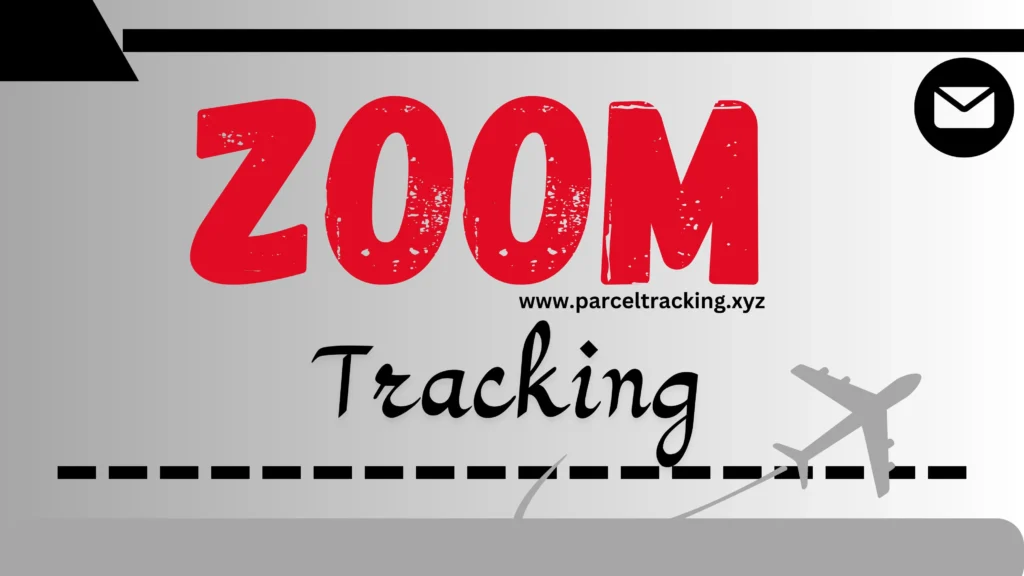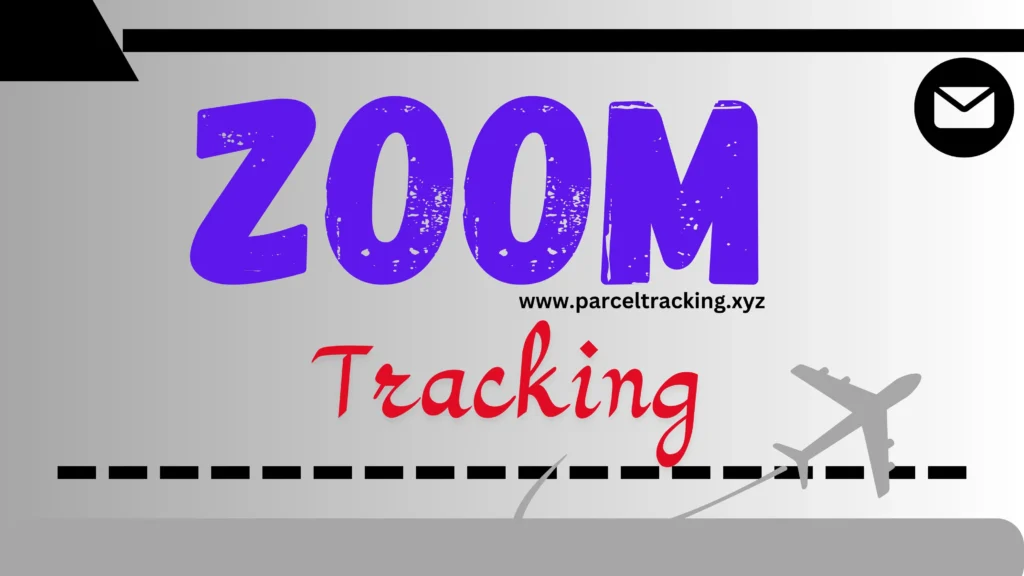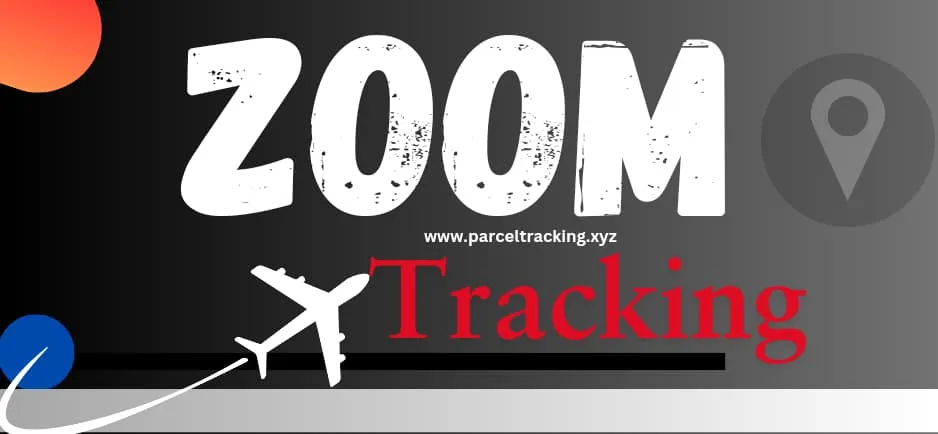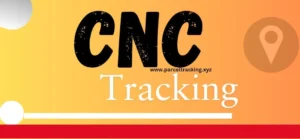When we talk about virtual meetings today, Tracking Zoom has become as common as making a phone call. But there’s more to Zoom than just seeing faces on screens. One of the most powerful features that many people don’t know about is Zoom tracking. This tool helps us understand how our meetings work and how to make them better.
What is Zoom Tracking?
Zoom tracking is like having a smart assistant that watches your meetings and tells you important information about them. Just like how teachers take attendance in class, Zoom can keep track of who comes to meetings, how long they stay, and what they do during the meeting.
Basic Features of Zoom Tracking
The most simple things that Zoom can track are the meeting basics. These include:
When people join and leave meetings
How many people are in a meeting
Who turns their camera on or off
Uses the chat feature
Who shares their screen
Think of it like a detailed diary of everything that happens in your virtual room. This information helps meeting hosts understand how people participate and engage during calls.
Why Tracking Matters in Virtual Meetings
Improving Meeting Engagement
Have you ever wondered if people are paying attention in your meetings? Meeting analytics can help answer this question. When we can see how people interact during meetings, we can make them more interesting and useful.
For example, if tracking shows that people stop participating after 45 minutes, you might decide to make meetings shorter or add more breaks. It’s like having a window into how your virtual classroom or meeting room works.
Making Better Business Decisions
For companies, Zoom analytics is like a report card for their virtual communication. They can see:
How many meetings do they have each week
Which departments have the most meetings
When most meetings happen
How long do meetings usually last
This helps them save time and money by having the right number of meetings at the right times.
Advanced Tracking Features
Attendance Reports
Attendance tracking in Zoom is more detailed than you might think. It can show:
Exact join and leave times
Time spent in breakout rooms
Attention tracking (when available)
Poll participation
Q&A involvement
This is especially helpful for schools and training programs where attendance matters.
Engagement Monitoring
Meeting engagement isn’t just about being present – it’s about participating. Zoom can track:
Hand raises
Reactions used
Chat messages sent
Poll responses
Q&A participation
This helps hosts understand who’s actively participating and who might need more encouragement to join in.

Setting Up Tracking in Zoom
Basic Setup Steps
- Sign in to your Zoom account
- Go to Account Settings
- Look for the Reports section
- Enable the types of tracking you want
- Save your changes
Remember that some tracking features only work with certain Zoom plans, usually business or education accounts.
Privacy Considerations
Just like we wouldn’t want someone watching everything we do in real life, we need to think about privacy in virtual meetings. Here are important things to remember:
Always tell people what you’re tracking
Get permission when needed
Follow your country’s privacy laws
Only track what you need
Keep the tracking information safe
Using Tracking Data Effectively
Reading Your Reports
Zoom tracking creates different kinds of reports. The main ones are:
Meeting Reports: Show basic information about each meeting
Participant Reports: Give details about who attended
Poll Reports: Show how people answered polls
Q&A Reports: List questions asked and answered
Making Improvements
The whole point of tracking is to make meetings better. Here’s how to use the information:
Look for patterns in when people join and leave
Notice which activities get the most participation
See if certain times of day work better than others
Check if meeting length affects engagement
Best Practices for Zoom Tracking
Setting Clear Goals
Before you start tracking, decide:
What you want to learn
Which numbers matter most
How you’ll use the information
Who needs to see the reports
Regular Review and Adjustment
Just like checking your grades in school, it’s important to look at your tracking information regularly:
Check reports after important meetings
Look at trends over time
Make changes based on what you learn
Ask for feedback from participants
Tips for Meeting Hosts
Before the Meeting
Set up tracking features ahead of time
Test that everything works
Let participants know about tracking
Prepare engaging activities
During the Meeting
Watch engagement levels
Use polls and chat to keep people involved
Pay attention to timing
Break up long sessions
After the Meeting
Review tracking data
Make notes about what worked
Plan improvements for next time
Share useful information with others
Common Tracking Challenges
Technical Issues
Sometimes tracking doesn’t work perfectly. Common problems include:
Internet connection problems
People joining from different devices
Missing data when people drop off
Sync issues with large groups
Solution Strategies
To handle these challenges:
Have a backup plan for tracking
Use multiple tracking methods
Keep good notes during meetings
Ask participants to help with accuracy

Future of Zoom Tracking
Upcoming Features
Zoom keeps adding new tracking features, like:
Better attention monitoring
More detailed engagement metrics
Improved reporting tools
New ways to measure participation
AI and Analytics
Artificial intelligence is making tracking even better. Soon, Zoom might be able to:
Automatically suggest better meeting times
Predict when people might lose interest
Recommend ways to improve engagement
Create more detailed reports automatically
Conclusion
Zoom tracking is a powerful tool that helps us understand and improve our virtual meetings. By using it wisely and respecting privacy, we can make online meetings more productive and enjoyable for everyone.
Remember that the best tracking is the kind that helps people, not just collects numbers. Use these tools to build better virtual experiences and keep your meetings running smoothly.
Additional Resources
For more help with Zoom tracking:
Visit Zoom’s official help center
Join Zoom community forums
Watch tutorial videos
Practice with test meetings
This way, you can become an expert at using these helpful tools to make your virtual meetings the best they can be.
Frequently Asked Questions About Zoom Tracking
1. What exactly can Zoom track during my meetings?
Zoom tracking capabilities extend to several key areas. The platform can monitor attendance times, and participant engagement through features like chat and reactions, poll responses, and time spent in breakout rooms. Think of it like a smart attendance sheet that also notes how people participate. However, it’s important to know that what gets tracked depends on your Zoom plan and settings.
2. Is Zoom tracking legal from a privacy standpoint?
Yes, Zoom tracking is legal when used properly. Just like taking attendance in school, it’s acceptable to track basic meeting data. However, you must inform participants about any tracking, get necessary permissions, and follow your local privacy laws. It’s similar to having security cameras in a store – you need to let people know they’re there.
3. Can participants see that they’re being tracked?
In most cases, Zoom shows participants when certain tracking features are active. For example, when attendance tracking is on, participants might see an indicator in their meeting window. However, some basic tracking features, like seeing who’s in the meeting, are always visible to hosts without special notification.
4. How long does Zoom keep tracking data?
Meeting analytics and tracking data typically stay in your Zoom account for a set time, usually around 30 days for basic plans and up to one year for business accounts. Think of it like your phone’s call history – it keeps records for a while but not forever.
5. Do I need a special Zoom account to use tracking features?
Many basic tracking features come with free Zoom accounts, but advanced analytics usually require paid plans like Pro, Business, or Education accounts. It’s like having a basic cell phone plan versus one with extra features – you get more tracking capabilities with upgraded accounts.
6. Can I track attention levels in Zoom meetings?
While Zoom previously had an attention-tracking feature, it has been modified to respect privacy concerns. Current engagement tracking focuses more on active participation through features like polls, chat, and reactions rather than monitoring individual attention levels.
7. How accurate is Zoom’s tracking data?
Zoom analytics are generally quite accurate for basic metrics like attendance and feature usage. However, like any digital tool, accuracy can be affected by internet connectivity issues or when participants use different devices. It’s best to think of the data as a good guide rather than an absolute measure.
8. Can tracking be used in breakout rooms?
Yes, Zoom tracking works in breakout rooms, but the level of detail varies. Hosts can see which rooms participants join and how long they stay. However, tracking detailed engagement within each breakout room might be more limited compared to the main meeting room.
9. Is there a way to export tracking data?
Yes, Zoom allows you to export meeting analytics in various formats, typically CSV or Excel files. This is especially useful for schools tracking attendance or businesses analyzing meeting patterns. Think of it like downloading your grades from an online classroom – you can save and analyze the information later.
10. What should I do if tracking isn’t working properly?
If your tracking features aren’t working as expected, first check your account settings and permissions. Make sure you’re using a compatible Zoom version and have the necessary account type. Like any technology, sometimes simply restarting the application or clearing your cache can resolve tracking issues.
Remember, the key to effective Zoom tracking is using it responsibly and purposefully. Just like any tool, it’s most helpful when used to improve experiences rather than just collect data.




Your blog has swiftly become my favorite destination for motivation. Thank you for sharing your insights.
Your enthusiasm for the subject truly stands out in your articles.